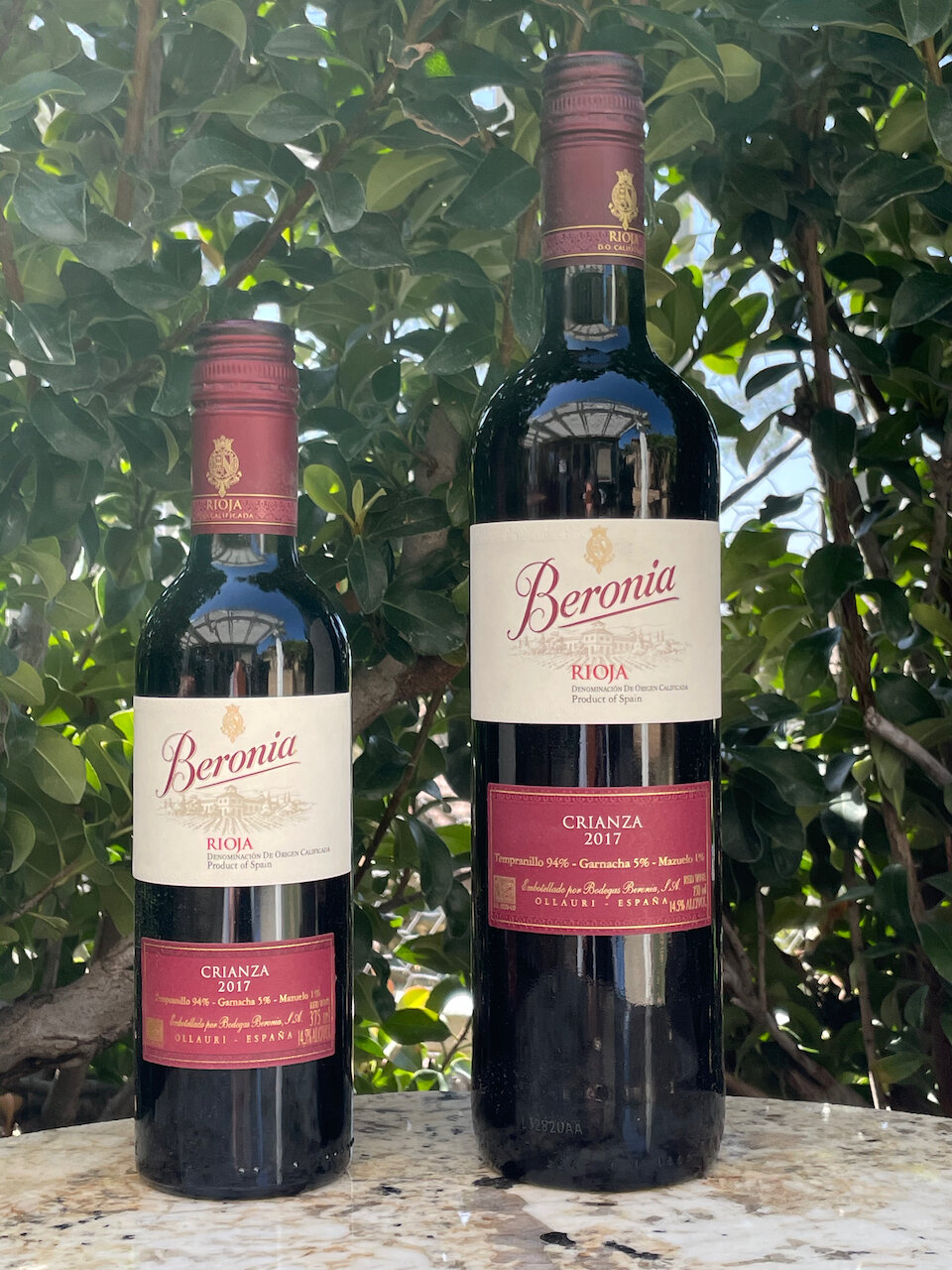I recently discovered a bunch of handy carriers for my wines!
These meori collapsible wine carriers come in various different sizes to transport and store your wine and glasses. They are great for transporting wine home from the grocery shopping, or for taking wine to a dinner party, a wine-tasting, or to give to your favorite wine lover. They’re also perfect for the car when traveling on vacation or for all yours stops while visiting wineries.
Each wine carrier holds bottles upright and padded to keep them safe when traveling and holds up to 65 pounds. When folded flat, they are compact & easy to store in the car, pantry, or wine cellar.
The wine carriers and six bottle wine tote each include removable collapsible dividers that are also great for storing and transporting glassware as well as beverages.
The insulated two bottle wine tote keeps your bottles cold. It can hold two bottles, or one bottle and two stemless glasses with a padded layer to keep each glass safe. It also has an adjustable strap and zippered compartment for things like a cork screw or bottle opener.
Check out all these great options from meori on their website. Cheers!
Disclosure of Sample Submission: I received these samples at no cost for review. The opinions expressed are entirely my own.
Samples Provided by meori Inc. Seattle WA




